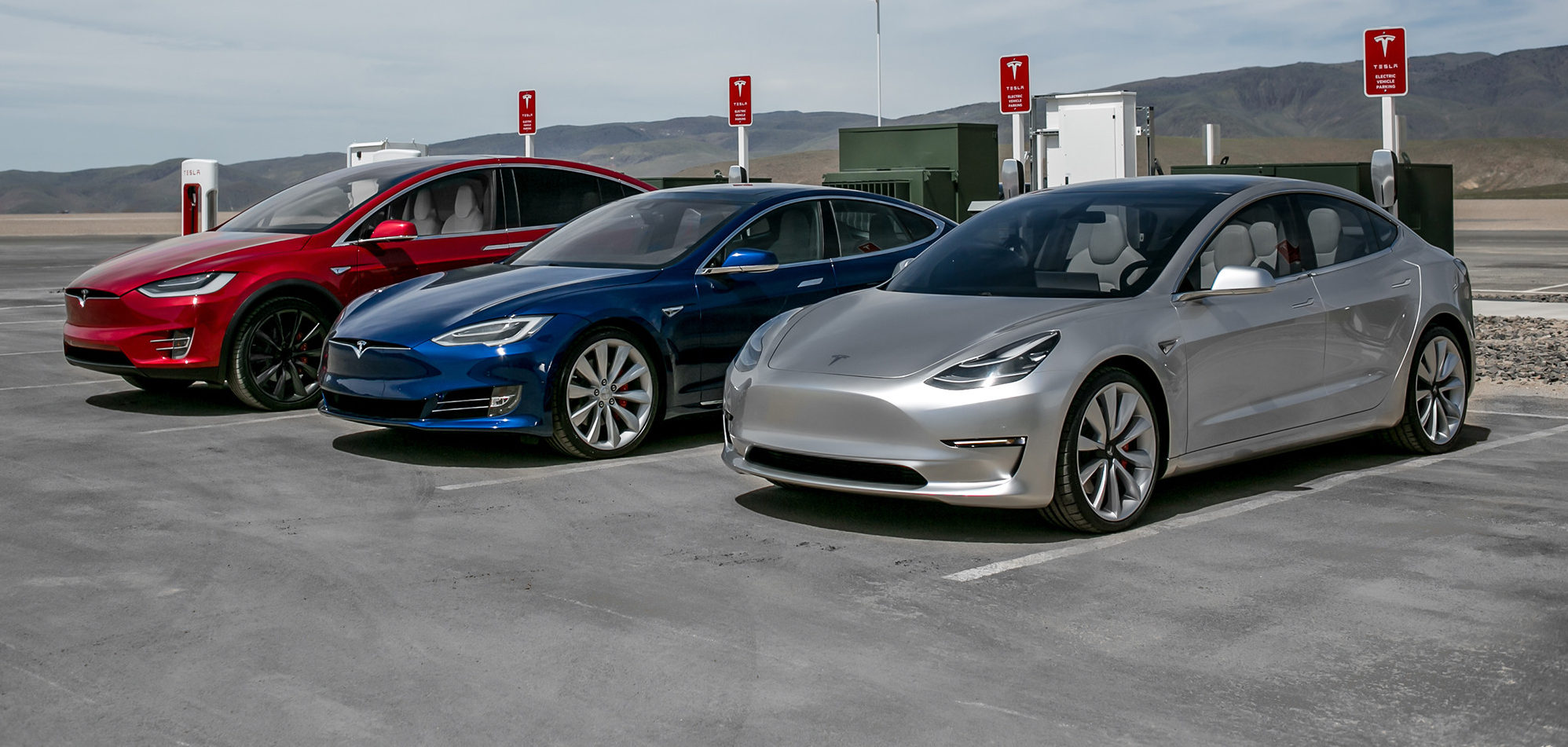
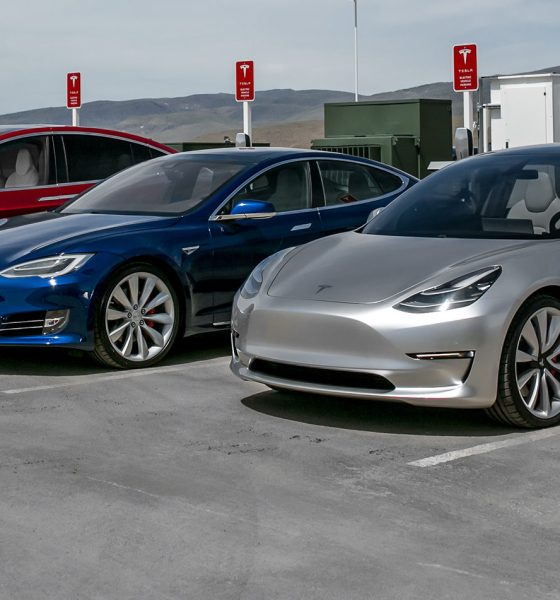
News
Tesla faces biggest challenge yet as oil industry fights to maintain its hold on US auto
Tesla might have overcome several notable hurdles this year, but the electric car maker is now facing what could very well be its biggest challenge yet in the United States. As the company hits its stride with the production of the Model 3 and as it prepares to ramp its energy business next year, a rather discreet movement is underway to ensure that America remains waist-deep in oil.
A recent expose published by The New York Times outlines an active campaign to roll back the country’s existing vehicle emissions rules. Earlier this year, the US government laid out a plan that aims to ease fuel efficiency standards in the country. The movement’s central point is simple — since America is so awash in oil, the country no longer needs to worry about energy conservation.
The publication’s investigation noted that the movement, which was supported by proposals in Congress and social media campaigns, is backed by some of the United States’ largest oil interests. Marathon Petroleum, the US’ largest refiner, as well as a policy network with ties to billionaire Charles G. Koch, contributed to help push the movement’s agenda. Overall, the creation of the proposal and its support from the oil industry is understandable, considering that the advent of electric vehicles threatens the bottom line of the industry. Less gas-thirsty cars on the road mean lower sales of gasoline. More pure electric vehicles on the road, such as Tesla’s electric cars, are an even bigger threat.
The US government’s initiative takes aim at the country’s emissions standards, which practically requires automakers to double the fuel efficiency of their vehicles by 2025. Under the government’s proposal, emissions standards would be frozen at 2020 levels. The NYT estimates that if the government’s planned rollback is implemented, it would increase greenhouse gas emissions in the United States by more than the amount of gases put out by midsize countries such as Austria, Greece, or Bangladesh in one year.
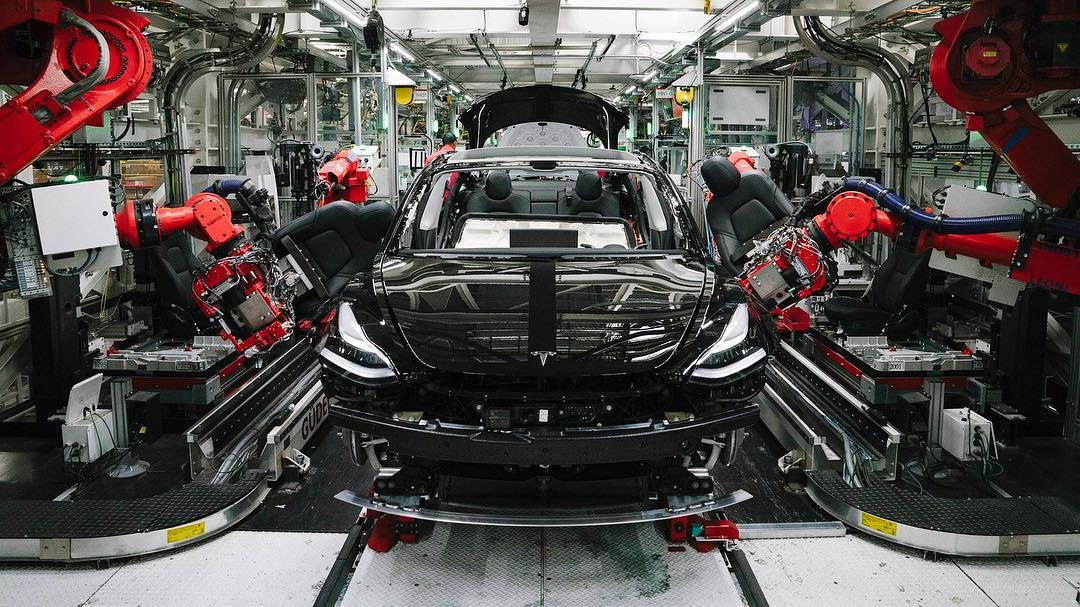
Lawmakers and delegations across the United States have backed the pro-oil campaign, with several groups sending letters to the Transportation Department to express their support. The publication noted that these letters featured much of the same phrasing, particularly a line directly referencing the preferences of American car buyers. “With oil scarcity no longer a concern, historically low gas prices, increasingly ambitious CAFE requirements, it is important that NHTSA and EPA review the mandate to ensure that the US is protecting consumers from higher costs and still allowing for choice in vehicles that best fit their needs,” one of the letters stated.
The oil-backed movement, though, is currently encountering some pushback from members of the government. Among these is Senator Tom Carper of Delaware, who expressed his criticism of the administration’s campaign. In a statement to the NYT, Carper noted that “oil interests are cynically trying to gin up support in Congress for the weakest possible standards to ensure that cars and SUVs have to rely on even more oil.” The senator added that “If this attempt is successful, the outcome will be a blow to the auto industry, consumers, and our environment.”
At the forefront of the resistance against the oil-backed campaign is California, home to Tesla’s headquarters and electric car factory. California pledged to stick to stricter emissions standards while maintaining an initiative to push the adoption of zero-emissions vehicles. Thirteen states currently follow CA’s lead, representing about 35% of the United States’ nationwide car sales.
At the heart of the movement is the notion that American car buyers prefer large, gas-guzzling vehicles such as full-sized pickup trucks and SUVs over zero-emissions vehicles. This is a market barely touched by electric car makers today, with cars such as the Tesla Model X competing in the luxury SUV segment — a far smaller and notably higher-priced market than those populated by gas-powered best-sellers such as the Chevrolet Suburban. The same is true for the pickup truck market, which is home to the Ford F-150, the country’s best-selling vehicle. Serious all-electric pickup trucks such as Rivian’s R1T have been unveiled recently, but just like the Model X, the R1T is a luxury vehicle at its core.
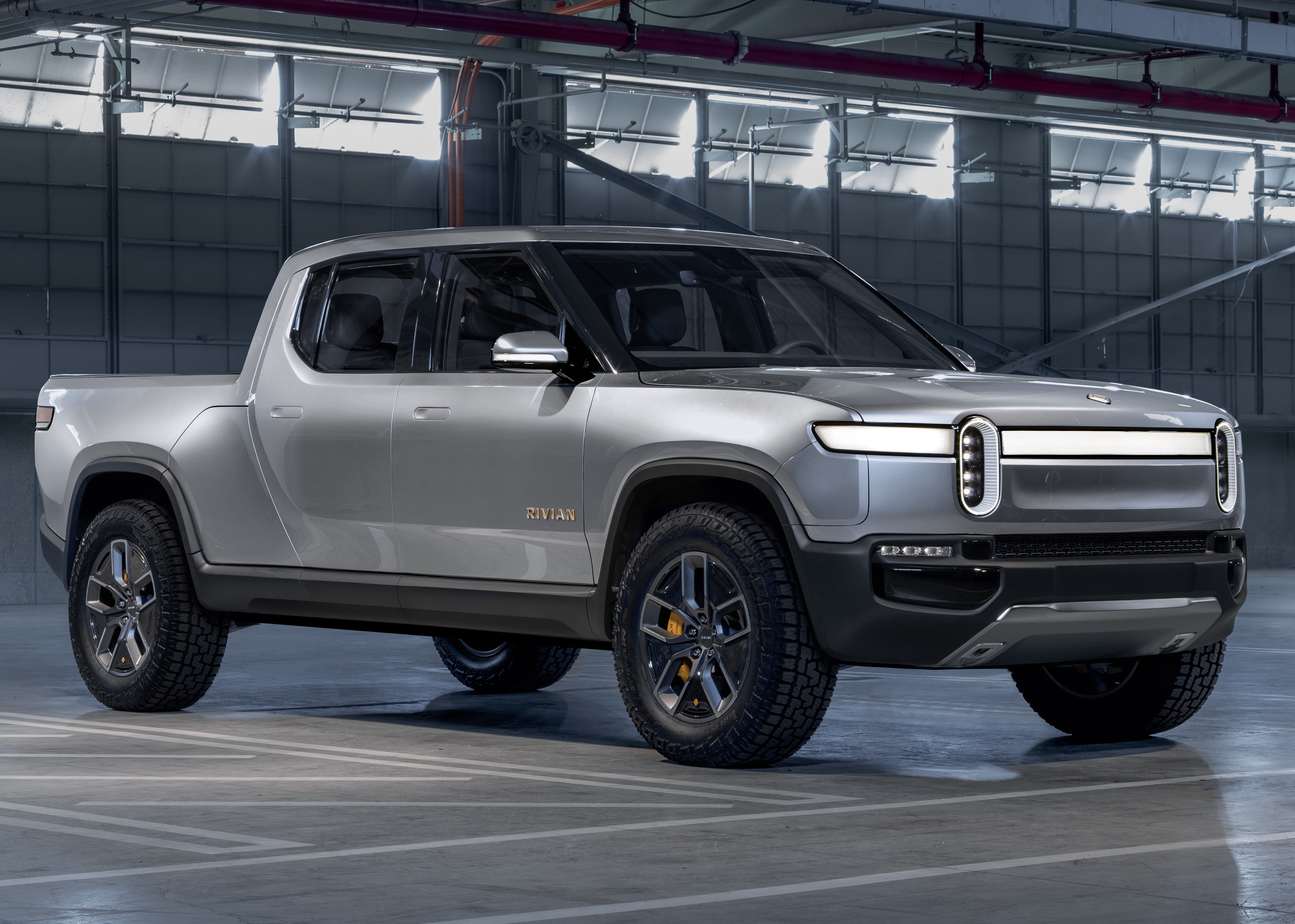
Tesla has matured greatly this year, as the company overcame the Model 3’s production hell and as Elon Musk dealt with the repercussions of his online behavior. Considering the pro-oil movement stirring in the country, though, Tesla might need to take even greater responsibilities in the immediate future. Being a first mover in the electric car revolution, Tesla has the potential to take the lead in bringing compelling vehicles that can compete with gasoline-powered cars on both performance and price. The company is already accomplishing this with the Model 3, as proven by the electric sedan’s impressive sales figures over the past months. So far, though, Tesla is yet to release vehicles that can truly take on the country’s gas guzzlers at a similar price point.
This might change next year, as Tesla is expected to reveal the Model Y SUV. The Model Y is designed to be the SUV counterpart of the Model 3 — powerful, practical, and attainable by the everyman — and if Elon Musk’s recent statements are any indication, the vehicle’s unveiling could be just around the corner. Tesla could very well be targeting the mainstream, seven-seat SUV market with the Model Y, with Musk recently describing the vehicle as a “midsize SUV” during an appearance at the Recode Decode podcast. Musk has also indicated that Tesla might be releasing its pickup truck earlier than expected.
Tesla, though, is not capable of pushing the EV revolution alone. Thus, it is pertinent for EV startups such as Rivian and Bollinger Motors to step up to the challenge and perhaps accelerate the development and release of their electric vehicles. Legacy automakers that have committed to an electrified future, such as Porsche and Jaguar, must expedite the release of compelling zero-emissions cars as well. Porsche and Jaguar have already taken a notable step with the Taycan and the I-PACE, but far more steps need to be taken.
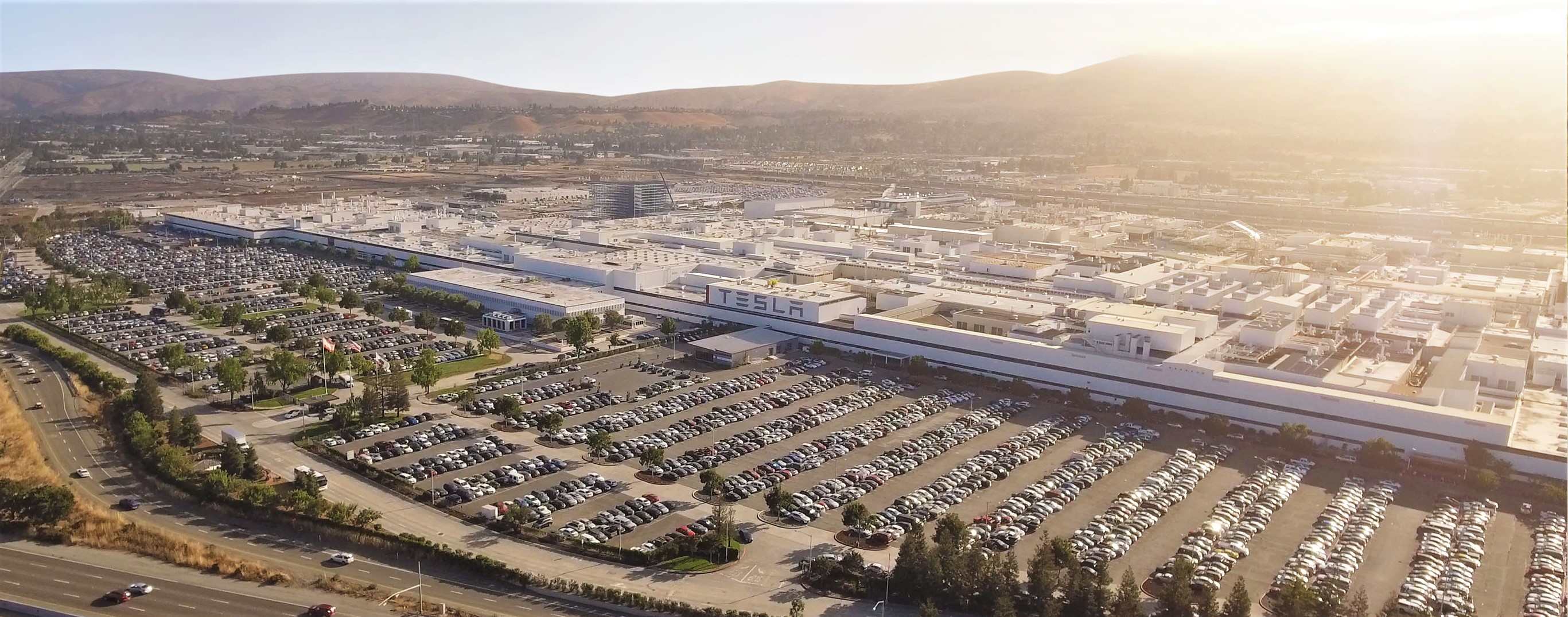
For its part, Tesla would best be served by a steadier hand in the coming quarters. With an aggressive campaign to keep the United States entrenched in oil ongoing, Tesla must lead in a manner that is quick, efficient, and steady. Thus, mistakes such as the over-automation of the Model 3 assembly line, as well as Elon Musk’s Twitter gaffes, should best be avoided. Tesla is already a fast-evolving company, having grown to a major automaker in all but 15 years. Considering the presence of the government’s oil-backed campaign, though, Tesla is at a point where it must evolve even faster than before.
For now, the US’ auto industry appears to be facing a crossroads. On the one hand, there are companies such as Tesla proving that electric cars such as the Model 3 are viable and competitive. On the other hand, there are groups lobbying to maintain the auto industry’s reliance on oil. If a recent public hearing in Colorado is any indication, though, it appears that support for sustainable transportation is very much present.
Last month, Americans for Prosperity representative Shari Shiffer-Krieger attended a public hearing about Colorado’s pending decision to follow California’s lead. Americans for Prosperity is among the oil industry’s supporters. In Iowa, the group joined the fight against an initiative that would make it easier for gas stations to install electric car charging stations, and in Illinois, the group discouraged state officials from considering subsidies for EVs. Speaking to Colorado’s regulators, Shiffer-Krieger argued that buyers in the rugged state preferred powerful SUVs over stricter emissions rules.
“Coloradans deserve much better,” she said.
Colorado’s regulators accommodated her, before allying themselves with California.

News
Elon Musk’s Grokipedia surges to 5.6M articles, almost 79% of English Wikipedia
The explosive growth marks a major milestone for the AI-powered online encyclopedia, which was launched by Elon Musk’s xAI just months ago.

Elon Musk’s Grokipedia has grown to an impressive 5,615,201 articles as of today, closing in on 79% of the English Wikipedia’s current total of 7,119,376 articles.
The explosive growth marks a major milestone for the AI-powered online encyclopedia, which was launched by Elon Musk’s xAI just months ago. Needless to say, it would only be a matter of time before Grokipedia exceeds English Wikipedia in sheer volume.
Grokipedia’s rapid growth
xAI’s vision for Grokipedia emphasizes neutrality, while Grok’s reasoning capabilities allow for fast drafting and fact-checking. When Elon Musk announced the initiative in late September 2025, he noted that Grokipedia would be an improvement to Wikipedia because it would be designed to avoid bias.
At the time, Musk noted that Grokipedia “is a necessary step towards the xAI goal of understanding the Universe.”
Grokipedia was launched in late October, and while xAI was careful to list it only as Version 0.1 at the time, the online encyclopedia immediately earned praise. Wikipedia co-founder Larry Sanger highlighted the project’s innovative approach, noting how it leverages AI to fill knowledge gaps and enable rapid updates. Netizens also observed how Grokipedia tends to present articles in a more objective manner compared to Wikipedia, which is edited by humans.
Elon Musk’s ambitious plans
With 5,615,201 total articles, Grokipedia has now grown to almost 79% of English Wikipedia’s article base. This is incredibly quick, though Grokipedia remains text-only for now. xAI, for its part, has now updated the online encyclopedia’s iteration to v0.2.
Elon Musk has shared bold ideas for Grokipedia, including sending a record of the entire knowledge base to space as part of xAI’s mission to preserve and expand human understanding. At some point, Musk stated that Grokipedia will be renamed to Encyclopedia Galactica, and it will be sent to the cosmos.
“When Grokipedia is good enough (long way to go), we will change the name to Encyclopedia Galactica. It will be an open source distillation of all knowledge, including audio, images and video. Join xAI to help build the sci-fi version of the Library of Alexandria!” Musk wrote, adding in a later post that “Copies will be etched in stone and sent to the Moon, Mars and beyond. This time, it will not be lost.”
News
Tesla Model 3 becomes Netherlands’ best-selling used EV in 2025
More than one in ten second-hand electric cars sold in the country last year was a Tesla Model 3.

The Tesla Model 3 became the most popular used electric car in the Netherlands in 2025, cementing its dominance well beyond the country’s new-car market.
After years at the top of Dutch EV sales charts, the Model 3 now leads the country’s second-hand EV market by a wide margin, as record used-car purchases pushed electric vehicles further into the mainstream.
Model 3 takes a commanding lead
The Netherlands recorded more than 2.1 million used car sales last year, the highest level on record. Of those, roughly 4.8%, or about 102,000 vehicles, were electric. Within that growing segment, the Tesla Model 3 stood far ahead of its competitors.
In 2025 alone, 11,338 used Model 3s changed hands, giving the car an 11.1% share of the country’s entire used EV market. That means more than one in ten second-hand electric cars sold in the country last year was a Tesla Model 3, Auto Week Netherlands reported. The scale of its lead is striking: the gap between the Model 3 and the second-place finisher, the Volkswagen ID3, is more than 6,700 vehicles.
Rivals trail as residual values shape rankings
The Volkswagen ID.3 ranked a distant second, with 4,595 used units sold and a 4.5% market share. Close behind was the Audi e-tron, which placed third with 4,236 registrations. As noted by Auto Week Netherlands, relatively low residual values likely boosted the e-tron’s appeal in the used market, despite its higher original price.
Other strong performers included the Kia Niro, the Tesla Model Y, and the Hyundai Kona, highlighting continued demand for compact and midsize electric vehicles with proven range and reliability. No other model, however, came close to matching the Model 3’s scale or market presence.
News
Tesla Model Y Standard Long Range RWD launches in Europe
The update was announced by Tesla Europe & Middle East in a post on its official social media account on X.

Tesla has expanded the Model Y lineup in Europe with the introduction of the Standard Long Range RWD variant, which offers an impressive 657 km of WLTP range.
The update was announced by Tesla Europe & Middle East in a post on its official social media account on X.
Model Y Standard Long Range RWD Details
Tesla Europe & Middle East highlighted some of the Model Y Standard Long Range RWD’s most notable specs, from its 657 km of WLTP range to its 2,118 liters of cargo volume. More importantly, Tesla also noted that the newly released variant only consumes 12.7 kWh per 100 km, making it the most efficient Model Y to date.
The Model Y Standard provides a lower entry point for consumers who wish to enter the Tesla ecosystem at the lowest possible price. While the Model 3 Standard is still more affordable, some consumers might prefer the Model Y Standard due to its larger size and crossover form factor. The fact that the Model Y Standard is equipped with Tesla’s AI4 computer also makes it ready for FSD’s eventual rollout to the region.
Top Gear’s Model Y Standard review
Top Gear‘s recent review of the Tesla Model Y Standard highlighted some of the vehicle’s most notable features, such as its impressive real-world range, stellar infotainment system, and spacious interior. As per the publication, the Model Y Standard still retains a lot of what makes Tesla’s vehicles well-rounded, even if it’s been equipped with a simplified interior.
Top Gear compared the Model Y Standard to its rivals in the same segment. “The introduction of the Standard trim brings the Model Y in line with the entry price of most of its closest competition. In fact, it’s actually cheaper than a Peugeot e-3008 and costs £5k less than an entry-level Audi Q4 e-tron. It also makes the Ford Mustang Mach-E look a little short with its higher entry price and worse range,” the publication wrote.








